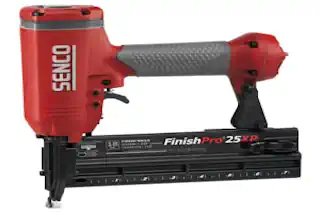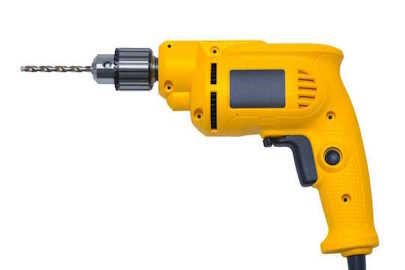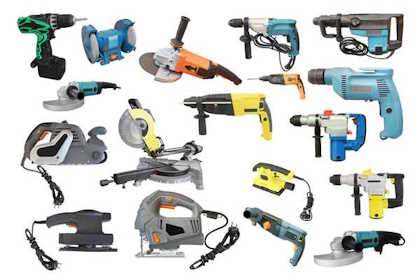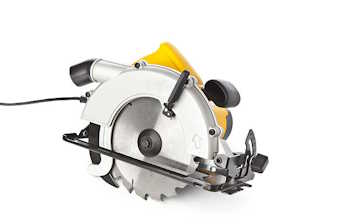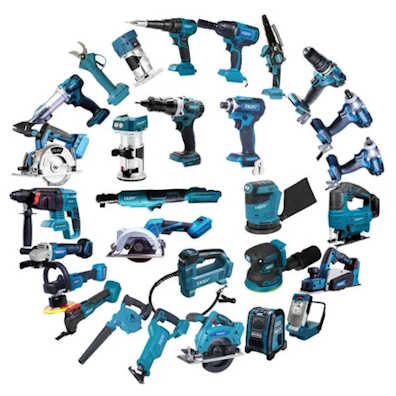How to Use Wood Routers: A Beginners Guide for Woodworkers
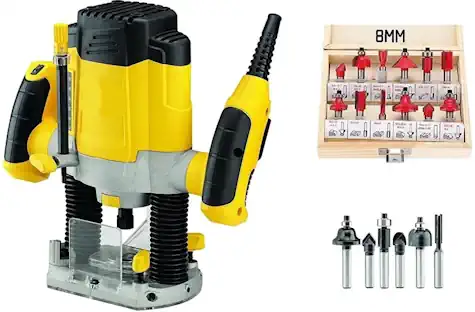
Introduction to Routers
Whether you’re new to woodworking or looking to refine your skills, understanding how to use routers can greatly enhance your craftsmanship. Routers are versatile tools that help you shape, cut, and finish wood with precision. From creating intricate designs to making smooth edges, routers are invaluable in both casual and professional woodworking projects. I love what a router brings to a project but still struggle to be consistent with my cuts. Guides make a big difference but in the end I just need more practice.
Types of Routers
Before diving into the techniques, it’s important to know the different types and brands of routers available:
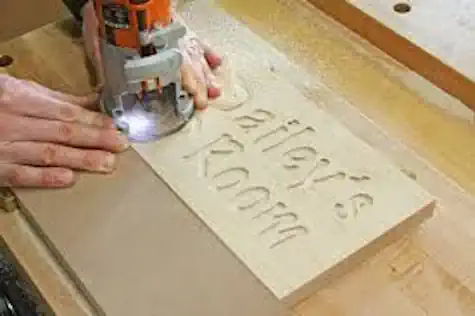
Plunge Routers: These allow you to start cutting in the middle of a workpiece, as you can plunge the bit into the material.
Fixed-Base Routers: Ideal for edge work and patterns, these routers are more stable and easy to set up.
Compact Routers: Perfect for small projects or detailed work, they are lightweight and easier to handle.
Table Routers: Mounted on a router table, these routers offer greater control and are ideal for repetitive tasks. They provide stability and precision, making them perfect for larger projects that require more intricate work.
Each type has its own strengths, so choose one that suits your specific needs.
Key Features to Look For
When shopping for a router, keep an eye out for these essential features:
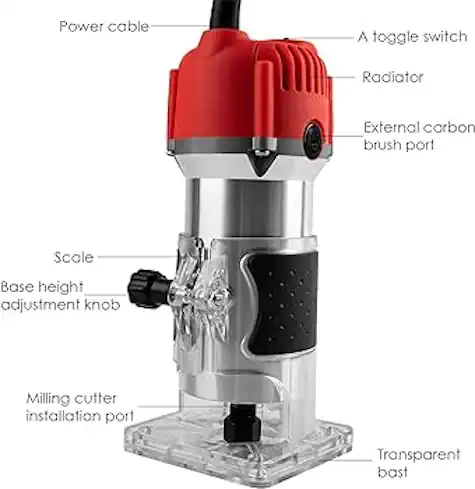
Variable Speed Control: Allows you to adjust the speed based on the type of wood and bit you are using, giving you more control and precision.
Soft Start Motor: Reduces startup torque and makes the router easier to handle right from the beginning.
Ergonomic Design: Look for a router with comfortable grips and a balanced weight to reduce fatigue during prolonged use.
Depth Adjustment System: A precise and easy-to-use depth adjustment is crucial for accurate cuts.
Dust Collection System: Helps keep your work area clean and improves visibility by capturing wood dust as you work.
Powerful Motor: Ensure the router has enough horsepower to handle both light and heavy-duty tasks efficiently.
LED Lights: Built-in lights can help illuminate your work area, providing better visibility for intricate tasks.
Sturdy Base: A stable and flat base is necessary for smooth and accurate routing.
Changeable Base Plates: Some routers come with interchangeable base plates, offering more versatility for different types of cuts.
Ease of Bit Changing: Look for a router with a spindle lock or other features that make changing bits quick and simple.
These features will help you find a router that matches your projects’ demands.
Basic Router Setup
Setting up your router correctly is crucial for effective and safe operation. Here’s how:
Install the Router Bit: Choose the appropriate bit, insert it into the collet, and tighten it securely.
Adjust the Depth: Set the cutting depth by adjusting the base of the router. Test on a scrap piece of wood to ensure accuracy.
Secure the Workpiece: Clamp your workpiece firmly to the table to prevent movement during routing.
Following these steps will prepare your router for any task at hand.
Advanced Router Setup
Once you’re comfortable with the basic setup, you might want to explore some advanced techniques to take your woodworking to the next level. Here are some tips to enhance your router setup:
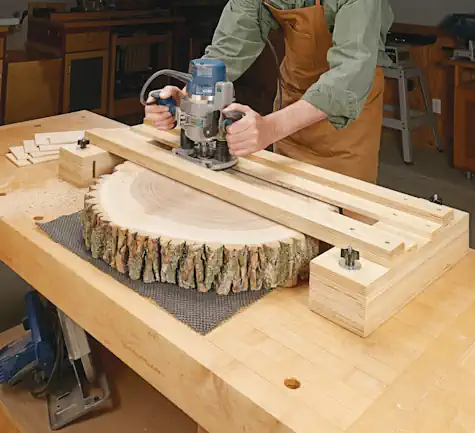
Use a Router Table: Mounting your router to a table gives you greater stability and control, especially for intricate or repetitive cuts. It allows for hands-free operation, letting you focus on guiding the wood precisely.
Incorporate Featherboards: These handy accessories keep your workpiece firmly pressed against the fence and table, ensuring consistent, smooth cuts. They also help in reducing kickback, making your operation safer.
Implement a Router Lift: A router lift can be a game-changer. It allows for micro-adjustments in depth without having to fiddle underneath the table, providing greater accuracy and efficiency.
Create Jigs and Templates: Custom jigs and templates can help you achieve consistent results on complex shapes and patterns. They are particularly useful for repeated tasks, such as duplicate parts for cabinet doors or intricate inlays.
Dust Extraction System: For a cleaner workspace and better visibility, integrating a dust extraction system into your setup is essential. It not only keeps your work area tidy but also prolongs the life of your router by preventing dust build-up.
Use a Straight Edge or Guide Bushing: When working on long, straight cuts or templates, a straight edge or guide bushing can ensure your router follows the desired path accurately. This is especially useful for tasks like mortising or creating dados.
These advanced setup techniques will not only improve the quality of your work but also make your routing experience smoother and more enjoyable.
Essential Router Techniques
Now that you’re set up, let’s explore some fundamental techniques:
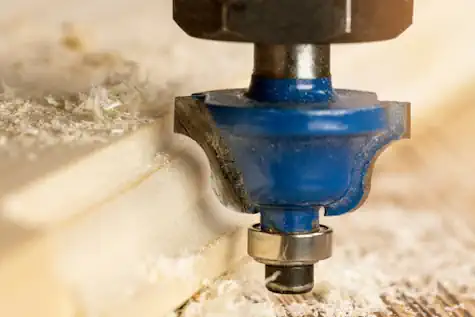
Cutting Edges: Use edge guides to create clean and precise edges on your wood pieces.
Straight and Curved Cuts: Employ templates and guides for straight cuts, and pivot points or jigs for curved cuts.
Joining Materials: Create strong joints, such as dovetails and mortises, using specific router bits designed for these tasks.
Mastering these techniques will significantly broaden your woodworking capabilities.
Safety Tips
Safety should always be your priority. Here are some key tips:
Use Personal Protective Equipment (PPE): Always wear safety glasses, hearing protection, and a dust mask.
Secure Your Workpiece: Prevent accidents by ensuring your workpiece is firmly clamped.
Keep Hands Clear: Maintain a safe distance from the bit and never remove wood chips while the router is running.
Being mindful of these guidelines will help you work safely and efficiently.
Maintenance and Troubleshooting
To ensure your router lasts and performs well, regular maintenance is vital. Here’s what you need to do:
Clean the Router: Remove dust and debris after each use.
Check the Bits: Inspect router bits for wear and replace them as needed.
Lubricate Moving Parts: Keep parts well-lubricated to ensure smooth operation.
If you encounter issues, such as uneven cuts or excessive vibration, consult the user manual or reach out to customer support for troubleshooting advice.
Conclusion
Using routers can elevate your woodworking projects to new heights. By understanding the different types of routers, key features to look for, and mastering essential techniques, you’ll be well on your way to becoming proficient with this powerful tool. Remember to always prioritize safety and maintain your equipment for long-lasting performance.
FAQ
What type of router should a beginner start with?
As a beginner, a fixed-base router is often recommended because it is stable and easier to control, especially for edge work and patterns. It helps you get a feel for the tool without the complexity of a plunge router.
How do I choose the right router bits for my project?
Choosing the right router bit depends on the type of cut you need. For example, straight bits are great for cutting straight slots or grooves, while round-over bits are perfect for creating smooth, rounded edges. Start with a basic set and expand as you become more familiar with different projects.
Why is variable speed important in a wood router?
Variable speed allows you to adjust the speed of the router to suit different bits and materials. Slower speeds are helpful for larger bits and harder materials to prevent burning, while faster speeds are ideal for smaller bits and softer woods.
Can I use a router without a table?
Yes, you can use a router without a table, especially for freehand work or when using a compact or plunge router. However, a router table provides added stability and precision, making it valuable for more intricate or repetitive tasks. Edge profiling is easy on a router table unless you are cutting edge profiles on a surface that is mounted.
How often should I clean and maintain my router?
Ideally, you should clean your router after each use to remove dust and debris, which can affect performance. Regularly check and replace worn bits, and lubricate moving parts to ensure smooth operation. This will extend the life of your router and maintain its efficiency.
What are some common mistakes to avoid when using a router?
Common mistakes include using dull or incompatible bits, not securing the workpiece properly, and attempting cuts that are too deep in a single pass. Always use sharp, appropriate bits, clamp your workpiece securely, and take multiple shallow passes to achieve the desired width and depth.
How can I improve my accuracy with a router?
Using guides and templates can significantly improve your accuracy. Edge guides help with straight cuts, while pattern templates ensure consistency for repeated patterns. Practice is also key—start with simple projects and gradually tackle more complex ones as you gain confidence.
These frequently asked questions offer a quick reference to help you get started with routers and enhance your woodworking experience.
